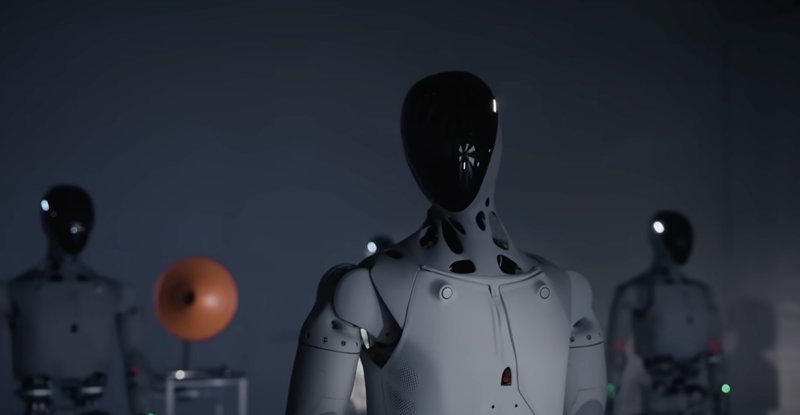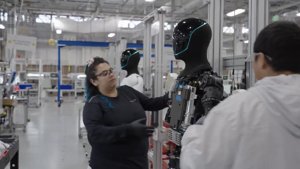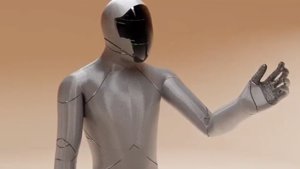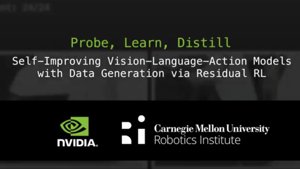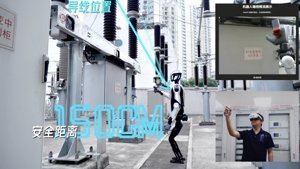In the grand theatre of technological disruption, few sagas are quite as gripping – or as utterly pivotal – as the escalating cold war between Tesla and XPeng. What started as a mere spat in the electric vehicle market has now blossomed into a full-blown, multi-front skirmish for the very soul of mobility, automation, and artificial intelligence. Elon Musk, ever the showman, spins tales of bottomless coffers and legions of mechanical minions, while XPeng, with a rather unsettling calm, unveils androids so lifelike they’d make a waxwork blush and whispers of mass production just around the corner. This isn’t just a corporate dust-up; it’s a high-stakes, winner-takes-all sprint to define the next epoch of robotics. So settle in, dear reader, because the sparks are well and truly flying.
The Humanoid Staredown
The latest volley in this tech-titan tussle kicked off at Tesla’s 2025 Shareholder Meeting, where Elon Musk, still basking in the glow of a compensation package hefty enough to bankroll a minor principality, held court with his customary grandiloquence about the impending Optimus V3. As we’ve extensively covered in Translation not available (en-gb) , Musk’s vision, as ever, is nothing if not expansive: a future teeming with billions of his humanoid automatons, each earmarked for a rather modest production cost of just $20,000. He even dropped a tantalising hint that the V3’s manual dexterity would be “another level beyond” the already impressive V2.
Never one to let a rival steal the limelight, XPeng promptly lobbed its own bombshell back over the fence. The company unveiled its next-generation humanoid, affectionately christened IRON, boasting a gait so uncannily fluid and human-like that it sent the internet into a collective meltdown of disbelief. The murmurings of suspicion grew so vociferous that XPeng’s CEO, He Xiaopeng, was compelled to release videos detailing the robot’s internal mechanics – and even had staff theatrically slice open its leg covering live on stage – purely to quash any lingering notions that it was merely a particularly convincing chap in a suit. In a clear, direct rejoinder to Musk’s often-ethereal timelines, XPeng declared it was firmly on course for mass production of its humanoids by a rather imminent 2026.
This, my friends, is no mere parlour trick or flashy showcase. XPeng’s IRON is a seriously sophisticated bit of kit, boasting a bionic “bone–muscle–skin” structure, a staggering 200 degrees of freedom, and a potent AI “brain” humming along on the company’s bespoke Turing chips. While Musk, with his characteristic flair, sells an intoxicating vision of tomorrow, XPeng is busy demonstrating what it staunchly maintains is a production-ready reality – a calculated manoeuvre, no doubt, to paint itself as the more pragmatic, and crucially, the more immediately viable contender in the burgeoning humanoid stakes.
A Battle on All Fronts: Roads, Skies, and Silicon
But the rivalry, oh yes, it stretches far beyond the mere shuffling of bipedal robots. Both companies are now openly locking horns in the exhilarating realms of autonomous vehicles and, rather remarkably, urban air mobility. Scarcely had Musk, with a characteristic twinkle in his eye, floated the notion of a Translation not available (en-gb) – a concept so audacious it’d make Q Branch blush – than XPeng swiftly reminded the world that its flying car affiliate, HT Aero, has been quietly, yet diligently, developing road-capable flying vehicles for yonks. Their pièce de résistance? A mass-produced “Land Carrier” model, set to take to the skies (and roads) by 2026.
Back on terra firma, the robotaxi skirmish is positively sizzling. In what could only be described as a gloriously unsubtle riposte to Tesla’s own autonomous aspirations, XPeng promptly dropped a fresh video, proudly flaunting its Robotaxi advancements. The company has laid out rather concrete plans to roll out three distinct, mass-produced robotaxi models in 2026, each engineered from the ground up for truly driverless operation. These sophisticated chariots will be juiced by no fewer than four of XPeng’s formidable Turing AI chips, collectively unleashing a colossal 3,000 TOPS of computing power. Crucially, they won’t be shackled by the reliance on high-definition maps – a rather significant strategic pivot that sets them apart from a good many of their rivals.
This sprawling, multi-domain conflict – spanning everything from diligent humanoid factory workers to autonomous taxis and even flying cars – lays bare the truly colossal scope of both companies’ ambitions. They’ve shed the mere skin of car manufacturers; instead, they’re now emphatically positioning themselves as “global embodied intelligence” companies, a phrase coined by XPeng’s CEO himself. The skirmish, it’s abundantly clear, is no longer simply about carving out market share, but rather about dictating the very architecture of the entire ecosystem of future intelligent mobility.
The Real Winner Is… Robotics
While the corporate posturing and the barrage of dueling announcements certainly make for cracking headlines, the true, unsung beneficiary of this escalating rivalry is, without a shadow of a doubt, the field of robotics itself. This white-hot competition is compelling both Tesla and XPeng to slam the accelerator on R&D, to relentlessly push the frontiers of AI and mechatronics, and, perhaps most crucially, to meticulously chart concrete pathways to mass production. For what felt like eons, the humanoid robot remained a tantalising but stubbornly distant dream, largely confined to hushed research labs and meticulously choreographed demos. Now, two of the planet’s most audacious tech titans are not just dreaming; they’re engraving firm dates for its grand arrival.
So whether you’re passionately backing Musk’s sweeping, top-down vision or XPeng’s more aggressive, multi-pronged assault on the market, one undeniable truth shines through: the heat is well and truly on. This fierce rivalry isn’t just compressing development timelines at a dizzying pace; it’s also compelling a level of investment that will, without question, cascade into the broader robotics industry. The race to engineer the first genuinely general-purpose robot is now in full, glorious swing, and for those of us fortunate enough to be watching from the sidelines, it is, quite simply, the most exhilarating spectacle in tech. The future, dear reader, is not merely arriving faster than we’d dared to imagine; it’s being exquisitely forged in the white-hot crucible of this epic technological feud.
